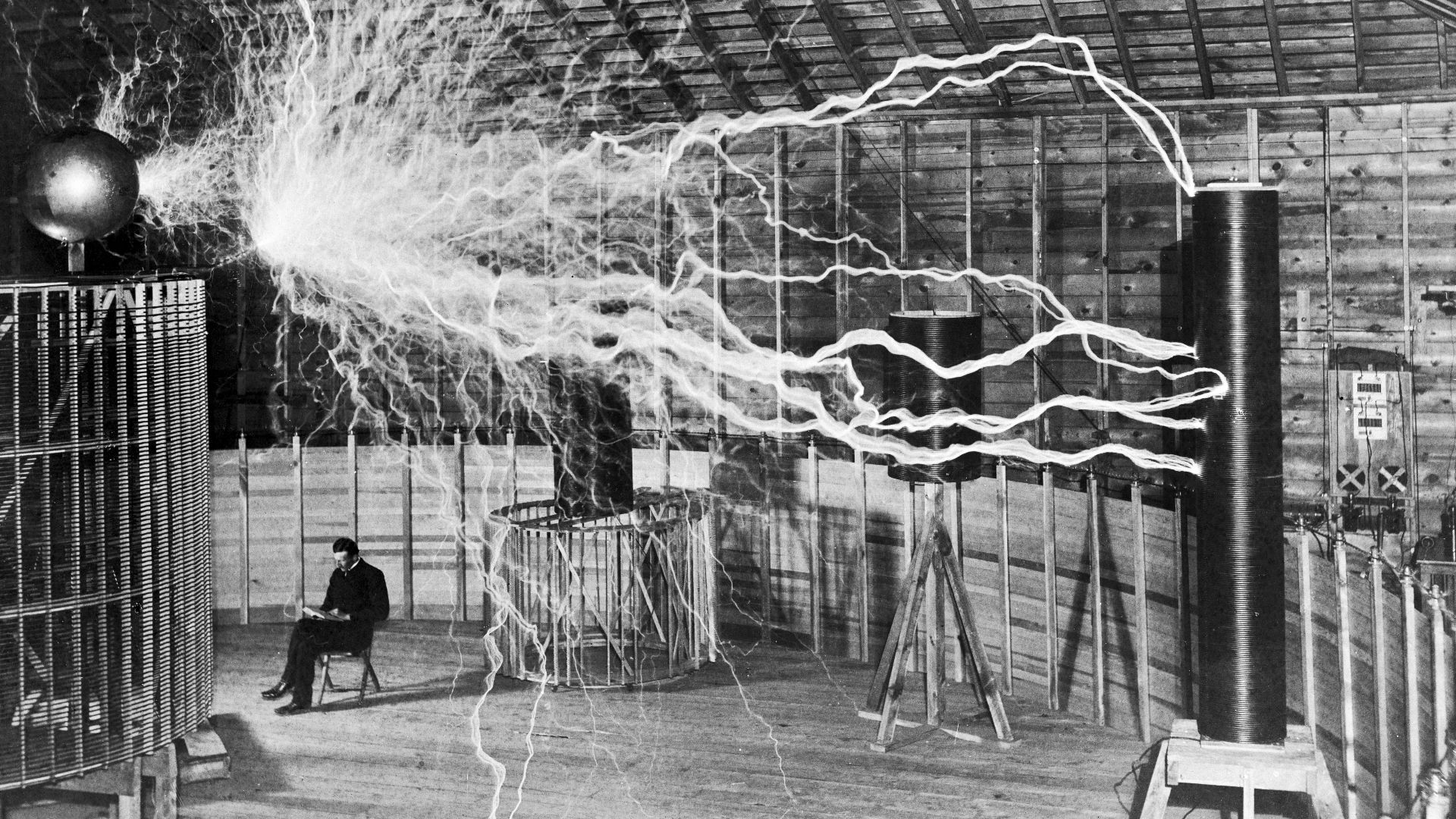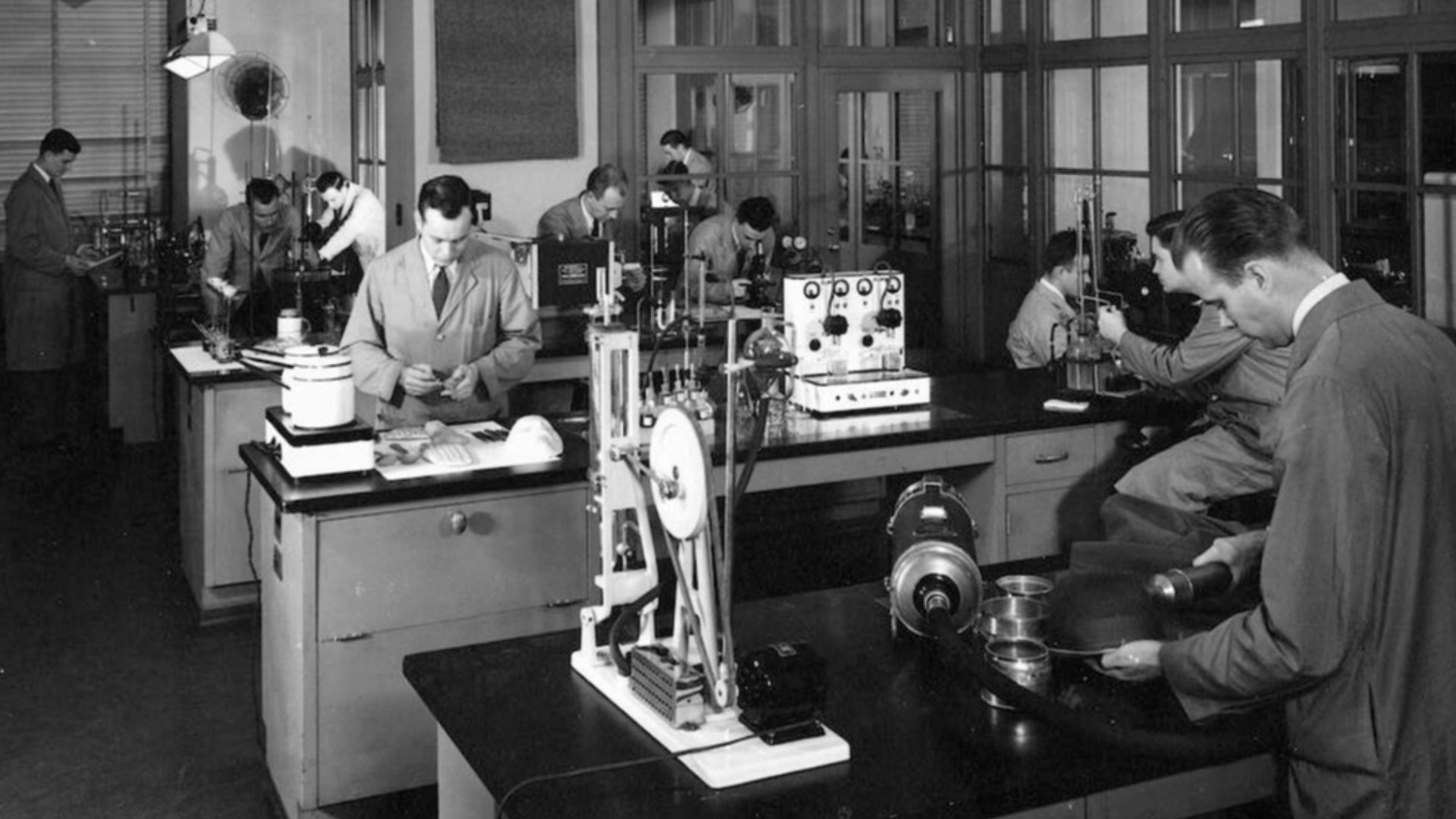Lightning bolts at his command weren't enough for Nikola Tesla. The eccentric genius claimed he'd built something far deadlier—a particle beam weapon so powerful it could end all battles. Science or science fiction? Let's uncover the truth.
The Brilliant Mind Behind The Concept
Nikola Tesla, the eccentric genius who gave us alternating current electricity, wasn't just focused on lighting up our homes. In the 1930s, as global tensions simmered toward another world war, Tesla claimed to have invented a particle beam weapon so powerful it could bring down fleets of enemy aircraft from miles away.
He called it "teleforce," though newspapers quickly dubbed it the more sensational "death ray." Tesla wasn't working from science fiction. His concept stemmed from his extensive research into high-voltage electricity and particle acceleration. He envisioned a device that could generate an intense beam of charged particles.
The beam would carry such tremendous kinetic energy that it could deliver devastating force to distant targets. Tesla claimed his invention could literally craft a defensive wall around any country, making war obsolete by ensuring mutual vulnerability.
Historical Context And Government Interest
Tesla's "death ray" concept emerged during a critical historical moment. The shadow of WWI still loomed, and military powers worldwide were racing to develop technology that could provide decisive advantages. Tesla approached multiple governments with his invention, including the United States, the United Kingdom, the Soviet Union, and Yugoslavia.
In 1934, Tesla claimed in interviews that he had been offered $25 million from the Soviet government to build his device, though he allegedly turned it down. The U.S. War Department showed initial interest but ultimately passed on funding the project. Despite the lack of government backing, Tesla continued to develop independently.
When Tesla died in 1943, rumors swirled that government agents had seized papers related to the death ray from his hotel room. These claims, while never fully substantiated, fueled decades of speculation about whether military powers had secretly developed his technology.
Scientific Reality Behind The Legend
Modern physics offers a perspective on Tesla's concept. While particle beam weapons (directed-energy weapons) exist today, they face fundamental challenges that he likely underestimated: atmospheric scatter, power requirements, and maintaining targeting precision over distance.
The physics of particle beams doesn't support Tesla's more ambitious claims about range and destructive capability. Air molecules scatter accelerated particles, dramatically reducing effectiveness beyond short distances. Additionally, the power requirements for a truly devastating particle beam would be enormous.
Nevertheless, Tesla's concept was prescient. Modern military particle beams and directed energy weapons operate on similar principles, though they are more limited than the original visionary concept.
KEEP ON READING

20 Weirdest Historical Objects in Museums
Check Out the Pickled Heart of a Saint. Museums carry…
By Rob Shapiro Oct 1, 2025
20 Ocean Mysteries We Still Haven’t Solved
Unanswered Questions Of The Ocean. The ocean covers most of…
By David Davidovic Sep 1, 2025
10 Phenomenal Mythical Creatures & 10 That Are Just Plain…
Legends Both Majestic And Peculiar. Do you ever wonder why…
By Chase Wexler Oct 1, 2025
20 Historical Predictions That Turned Out To Be True
Crystal Ball Moments In History. Do you wonder what it's…
By Chase Wexler Sep 1, 2025
10 Presidents Who Never Served In The Military & 10…
Commanders And Civilians In Office. Power can rise from very…
By David Davidovic Sep 1, 2025
20 Wars That Could Have Ended Much Sooner Than They…
Wars That Lasted Far Too Long. Wars are often remembered…
By David Davidovic Sep 1, 2025


